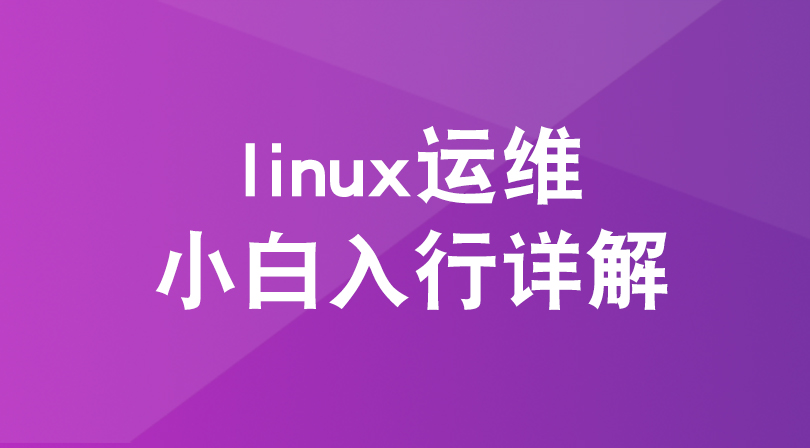使用h5的全局属性contenteditable可以让dom元素及其子元素变的可编辑
<div contenteditable id="editor"> </div>
样式代码
html,
body {
overflow: hidden;
width: 100%;
height: 100%;
}* {
margin: 0;
padding: 0;
}
#editor {
width: 100%;
height: 100%;
outline: none;
padding-left: 15px;
}* chrome 49下测试有效
以下方式使得用户初始输入的文本内容在p元素的包裹下
<div contenteditable id="editor" spellcheck="false"></div>
默认规则如下


否则将直接作为#editor元素的文本节点,即<div contenteditable id="editor" spellcheck="false">文本内容</div>同事点击Enter将新增div元素,即<div contenteditable id="editor" spellcheck="false">文本内容<div></div></div>
#editor中的所用元素都是可被删除的,当#editor为空元素时,用户再次输出内容还会应用默认规则,这里要监听这一状态,发生时将添入其中,并且定位光标到p元素的最后

良精.Net企业网站管理系统是一款以.net为开发语言的企业网站系统。后台主要功能如下:1) 系统管理:管理员管理,网站配置,上传文件管理,QQ-MSN 在线客服设置,文件浏览,模版的编辑,样式表的编辑。2) 企业信息:后台自由添加修改企业的各类信息及介绍。3) 产品管理:产品类别新增修改管理,产品添加修改以及产品的审核。4) 订单管理:查看订单的详细信息及订单处理。5) 会员管理:查看修改删除会
 0
0

定位光标代码
function cursorToEnd(element){
element.focus();var range = window.getSelection();
range.selectAllChildren(element);
range.collapseToEnd();
}window.getSelection() IE9已经支持
不定位可能发生以下情况
<div contenteditable id="editor" spellcheck="false">
111111
</div>以上就是H5富文本编辑器的详细介绍的详细内容,更多请关注php中文网其它相关文章!

每个人都需要一台速度更快、更稳定的 PC。随着时间的推移,垃圾文件、旧注册表数据和不必要的后台进程会占用资源并降低性能。幸运的是,许多工具可以让 Windows 保持平稳运行。

 C++高性能并发应用_C++如何开发性能关键应用
C++高性能并发应用_C++如何开发性能关键应用
 Java AI集成Deep Java Library_Java怎么集成AI模型部署
Java AI集成Deep Java Library_Java怎么集成AI模型部署
 Golang后端API开发_Golang如何高效开发后端和API
Golang后端API开发_Golang如何高效开发后端和API
 Python异步并发改进_Python异步编程有哪些新改进
Python异步并发改进_Python异步编程有哪些新改进
 C++系统编程内存管理_C++系统编程怎么与Rust竞争内存安全
C++系统编程内存管理_C++系统编程怎么与Rust竞争内存安全
 Java GraalVM原生镜像构建_Java怎么用GraalVM构建高效原生镜像
Java GraalVM原生镜像构建_Java怎么用GraalVM构建高效原生镜像
 Python FastAPI异步API开发_Python怎么用FastAPI构建异步API
Python FastAPI异步API开发_Python怎么用FastAPI构建异步API
 C++现代C++20/23/26特性_现代C++有哪些新标准特性如modules和coroutines
C++现代C++20/23/26特性_现代C++有哪些新标准特性如modules和coroutines



Copyright 2014-2025 https://www.php.cn/ All Rights Reserved | php.cn | 湘ICP备2023035733号